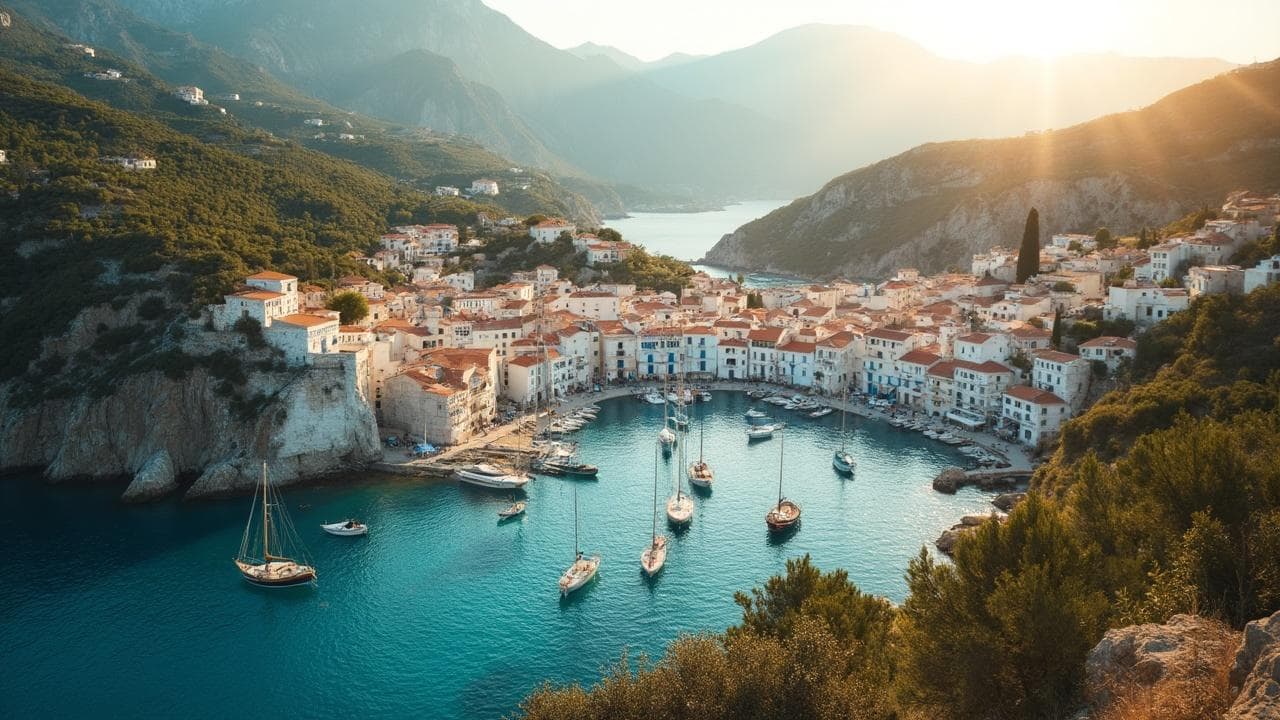Japan, a fusion of ancient traditions and cutting-edge innovation, presents a unique approach to sustainable travel, or, as I like to say, traveling with care.
This ethos is reflected vividly in many destinations across the archipelago, from the snowy peaks of Hokkaido to the serene beaches of Okinawa.
In this expansive journey, my quest to uncover eco-friendly practices in the land of the rising sun has revealed compelling insights and initiatives, making Japan a leader in sustainable tourism.
Here, the profound bond between nature and culture crafts an unparalleled framework for responsible travel.
In this article
- Discovering sustainable havens
- Engaging with authentic cultures
- Leveraging green mobility
- A global leader in sustainable tourism
Discovering sustainable havens
In my voyage across Japan, I’ve encountered destinations where sustainability is not just a practice but a lifestyle. With its globally recognized Satoyama and Satoumi traditions, the Noto Peninsula exemplifies how agricultural and coastal management can harmonize with nature. Here, biodiversity thrives alongside regionally distinct agricultural produce.
The terraced Senmaida Rice Fields near Wajima resonate with the meticulous care of local farmers practicing traditional agriculture. As night falls, these terraced fields transform into a magical tableau lit by thousands of lights, mirroring the community’s dedication to preserving this stunning landscape.
Kamikochi, in contrast, offers a haven for outdoor enthusiasts within the Chubusangaku National Park. This pristine alpine valley, accessible only part of the year, prioritizes environmental preservation by restricting private vehicle access.
Here, the clear Azusa River and snow-capped mountains provide a stark backdrop to the sustainable efforts of local lodgings and businesses. My trek through the forested paths to Myojin Pond and back was a journey through unspoiled nature, revealing my deep respect for the environment.
| Destination | Key Sustainable Practice |
|---|---|
| Noto Peninsula | Traditional Satoyama and Satoumi management |
| Kamikochi, Nagano | Vehicle restrictions to reduce carbon footprint |
Engaging with authentic cultures
Hokkaido, Japan’s northern frontier, is a testament to the coexistence of indigenous practices and sustainability. With their profound spiritual connection to nature, the Ainu offer valuable insights into living in harmony with the environment.
At locations like the National Ainu Museum and Park, I’ve witnessed the resilience and rich cultural tapestry of the Ainu. Their sustainable practices, from fishing to crafting with natural materials, highlight an essential truth: respecting and preserving our natural world enriches our cultural heritage.
Similarly, in Kamaishi, the spirit of rebirth following the devastating 2011 earthquake and tsunami is palpable. With its industrial history and natural beauty blend, this city has embraced renewable energy and sustainable tourism as cornerstones of its revival.
The Michinoku Coastal Trail, winding along breathtaking landscapes, illustrates the community’s commitment to sustainable development alongside nature conservation. Much like the city itself, this trail is a journey of resilience and renewal, demonstrating the potential of sustainable practices to transform communities.

Leveraging green mobility
Japan’s commitment to sustainability extends well into how one travels across its landscapes. The extensive railway network is a paragon of efficiency, reducing the need for vehicular travel and, by extension, carbon emissions.
Exploring the country via rail has been both a convenience and a choice, aligning with my values of minimizing environmental impact.
The experience of traversing from Tokyo’s urban sprawl to the serene vistas of rural Japan while leaving a lighter footprint is a testament to the feasible integration of sustainability into daily life and travel.
In locales such as Kamikochi and Kamaishi, the emphasis on foot travel or public transit further underscores a collective effort towards eco-friendly mobility. These practices reduce emissions and encourage a deeper connection with the surroundings—a slower, more mindful approach to travel that I’ve found immeasurably rewarding.
A global leader in sustainable tourism
Japan’s approach to sustainable travel is not an isolated endeavor; it’s a global inspiration. The country’s efforts, from protecting pristine environments like Kamikochi to reviving communities in Kamaishi, set a benchmark for how tourism can be both a source of joy and a force for good.
As a wanderer who has explored countless territories, I’ve seen how such ethical travel practices can inspire similar initiatives worldwide, fostering a global culture of respect and care for our planet.
The Japanese narrative of sustainability in travel enlightens and encourages. It underscores the deep-seated respect for nature ingrained in Japanese culture and invites travelers to partake in this ethos.
Embracing these practices, I’ve wandered through Japan’s landscapes and woven them into my mindful travel journey threads, drawing closer to the heart of each destination.
Japan illuminates the path forward in sustainable travel, blending ancient wisdom with modern ingenuity.
Its lessons are manifold. They guide us towards creating travel experiences that honor the destinations we explore, nurture the earth, and build a legacy of preservation and respect.
Through these voyages, we see the world and learn to sustain it for generations to come.




